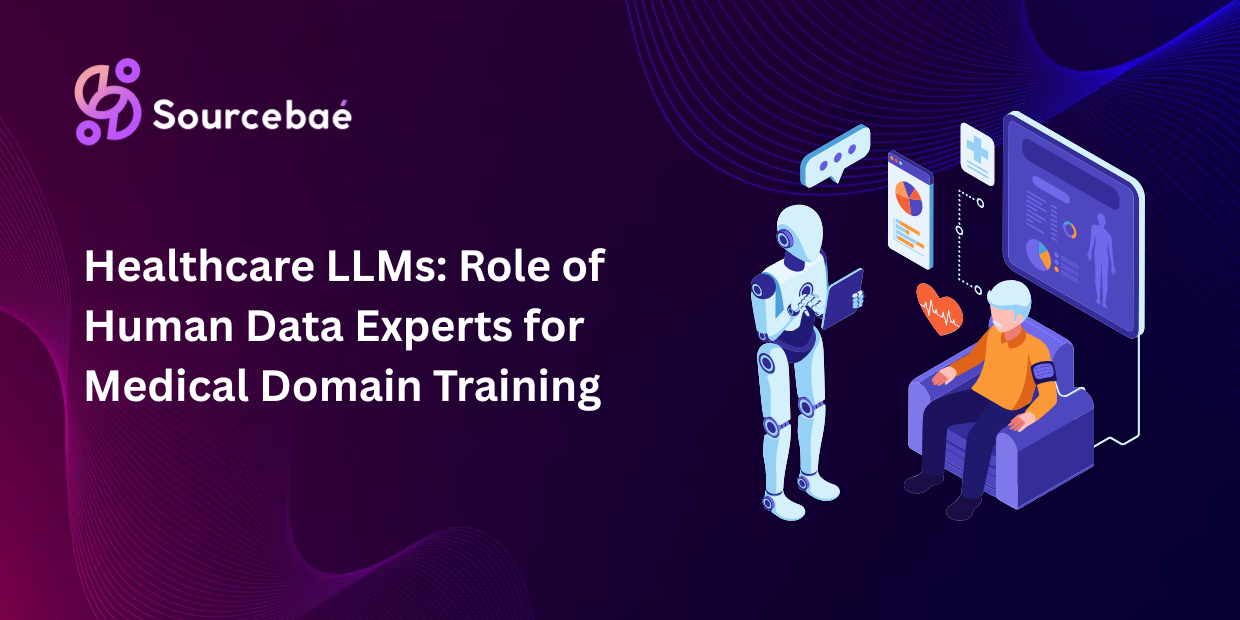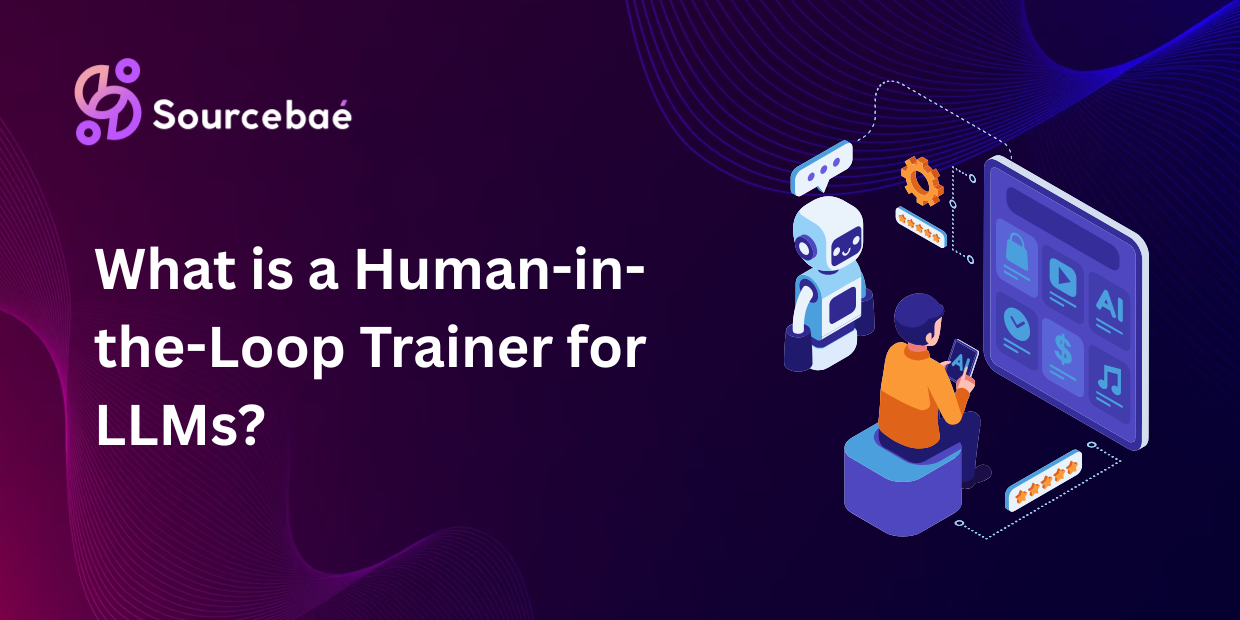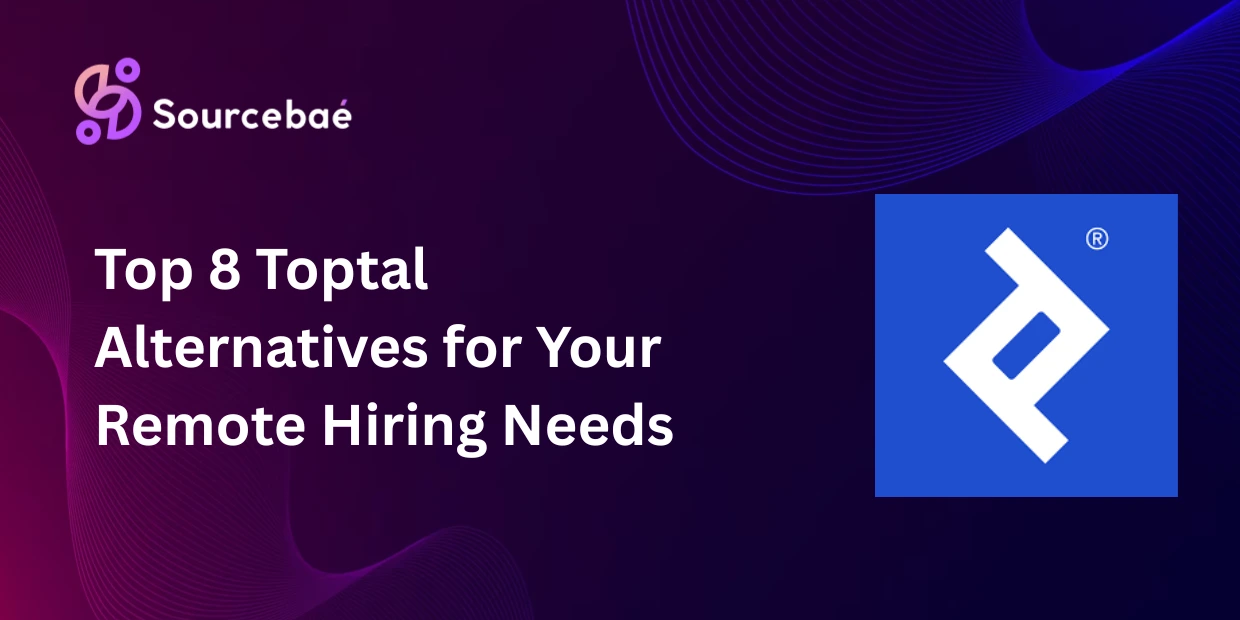Introduction
As AI becomes the foundation of modern applications—healthcare diagnostics, recruitment, finance, e-commerce, autonomous systems organizations are now asking one critical question: How do we Improve AI Model Accuracy while reducing AI bias The answer is not just more data or bigger models.
The real impact comes from human data experts and AI model trainers who guide, refine, and correct the learning process behind every intelligent system.
These experts ensure the training data is accurate, diverse, unbiased, and aligned with real-world expectations. They create evaluation frameworks, monitor model drift, and drive continuous improvement. Without them, AI systems fail silently.
This in-depth article explains how human data expert and AI model trainers play a foundational role in training AI models, increasing AI model accuracy, and eliminating harmful biases.
What Are Human Data Experts and AI Model Trainers?
Human Data Experts
Human data experts are specialists who define the meaning of correctness in the data. They are responsible for:
- Designing labeling guidelines
- Creating high-quality annotated datasets
- Managing ambiguous or complex cases
- Ensuring balanced and fair data distribution
- Providing domain knowledge for sensitive industries
Their work directly influences how well an AI system learns.
AI Model Trainers
AI model trainers transform this curated data into high-performance AI systems. They handle:
- Data preprocessing
- Model training and tuning
- Evaluation and benchmarking
- Bias detection and correction
- Continuous retraining and monitoring
Together, these two roles ensure AI systems achieve high AI model accuracy and robust AI bias reduction.
Why Data Quality Matters More Than Model Size
Many teams believe bigger models solve accuracy issues. But research shows 60–80% of AI performance depends on the quality of the training data, not model architecture.
Low-quality data leads to:
- Wrong predictions
- Hallucinations
- High false positives
- Lower AI model accuracy
- Increased bias
Improving data quality through human involvement is the fastest, most reliable way to Improve AI Model Accuracy.
How Human Data Experts Improve AI Model Accuracy
1. Crafting High-Quality Training Data
Human data experts create datasets with:
- Clean, structured examples
- Clear definitions
- Accurate labels
- No duplicates or conflicting samples
High-quality datasets provide strong learning signals, resulting in higher AI model accuracy.
2. Building Clear Labeling Rubrics
Ambiguous labeling is one of the biggest causes of low accuracy.
Experts create detailed labeling guides that include:
- Precise instructions
- Accepted vs. rejected labels
- Contextual rules
- Edge-case examples
- Domain-specific explanations
This ensures that every labeled example represents the true intent of the task.
3. Maintaining Consistency Through Expert Review
Human data experts ensure consistency by:
- Reviewing labeled samples
- Fixing disagreements among annotators
- Performing quality checks
- Updating rubrics as new patterns emerge
Consistent data increases learning stability and improves AI model accuracy during training.
4. Identifying Knowledge Gaps in Datasets
Models often perform poorly on rare scenarios.
Experts proactively expand datasets for:
- Rare cases
- Long-tail behaviors
- Complex edge-case situations
This makes AI systems more robust and reduces surprising failures.
How AI Model Trainers Drive AI Bias Reduction
1. Balancing Under-represented Data
Bias arises when the model sees too much of one category and not enough of another.
AI model trainers address this by:
- Sampling diverse demographics
- Balancing representation
- Avoiding overfitting to majority groups
This reduces bias and ensures fairness across predictions.
2. Counterfactual Data Generation
Counterfactual testing checks whether the model treats similar inputs equally.
Trainers modify aspects like:
- Gender
- Race
- Accents
- Age
- Names
If predictions change without valid reason → bias is detected → dataset is corrected.
3. Using Fairness Metrics
AI model trainers track fairness using:
- Demographic parity
- Equal opportunity
- False-positive rate across groups
- False-negative rate across groups
- Calibration error
This ensures AI systems behave consistently across all users.
4. Continual Retraining to Reduce Drift
Real-world data changes over time.
To prevent new forms of bias, trainers:
- Monitor model drift
- Review updated data
- Perform recurring training cycles
- Maintain fairness over time
Continuous monitoring = continuous fairness.
Advanced Techniques Human Experts Use to Improve AI Model Accuracy
1. Active Learning
Models identify low-confidence predictions → experts label them → trainers retrain the model.
This dramatically improves AI model accuracy using fewer data samples.
2. Hard-Case Mining
Human experts focus on difficult examples:
- Sarcasm
- Complex sentences
- Noisy inputs
- Domain-specific jargon
More exposure to hard cases boosts real-world performance.
3. Adversarial Testing
Experts intentionally create “trap” inputs:
- Logical puzzles
- Bias-triggering prompts
- Safety-sensitive scenarios
This reveals weaknesses and improves accuracy and safety.
4. Domain-Specific Instruction Tuning
For LLMs, experts create customized:
- Prompts
- Instructions
- Expected outputs
- Error corrections
Domain fine-tuning dramatically improves AI model accuracy.
Real-World Impact: AI Accuracy & Bias Reduction in Practice
Below is a real example of how human involvement changes model performance.
Case Study: AI-based Hiring System
Initial model results:
- Biased against non-English names
- Penalized career gaps
- Rejected candidates from smaller towns
- Lower accuracy for female applicants
After intervention by human data experts and AI model trainers:
- Balanced data distribution
- Counterfactual profiles added
- Fairness constraints applied
- Rubrics re-written for clarity
Results:
- 27% improvement in AI model accuracy
- 41% reduction in bias
- Higher prediction stability
- Higher candidate satisfaction
Human involvement makes AI fair, accurate, and reliable.
Step-by-Step Framework to Improve AI Model Accuracy
- Define correctness
- Build clear labeling rubrics
- Create high-quality training data
- Validate label consistency
- Train models with balanced data
- Perform fairness audits
- Apply active learning loops
- Monitor accuracy drift
- Continuously update models
This framework is used by leading AI companies to create trustworthy systems.
Why Organizations Must Invest in Human Data Experts
AI cannot understand context, culture, ethics, or nuance the way humans do.
Without human involvement, AI accuracy declines and bias increases.
Companies that invest in human-in-the-loop workflows see:
- Higher accuracy
- Faster deployment
- Lower model errors
- Fewer ethical risks
- Stronger compliance
- Improved user trust
Humans are not optional—they are essential.
Conclusion
The fastest, most reliable way to Improve AI Model Accuracy is through human data experts and AI model trainers.
They ensure the model:
- Learns from clean, diverse data
- Reduces harmful bias
- Performs well across real-world scenarios
- Maintains fairness over time
As AI becomes central to business operations, human intelligence is the key that makes machine intelligence trustworthy.
FAQs
1. How do human data experts Improve AI Model Accuracy?
By designing high-quality, consistent, unbiased labeled datasets.
2. How do AI model trainers support AI bias reduction?
They balance datasets, apply fairness metrics, generate counterfactual data, and monitor model drift.
3. Why is data quality critical for training AI models?
Because high-quality data creates strong learning signals that improve AI model accuracy.
4. Can AI eliminate bias without human oversight?
No only human-guided correction can reduce bias effectively.
5. How often should an AI model be retrained?
Monthly or quarterly, depending on drift and performance decline.





